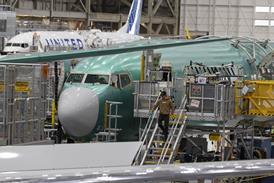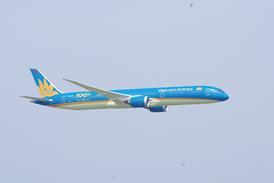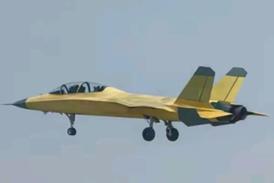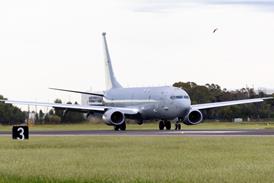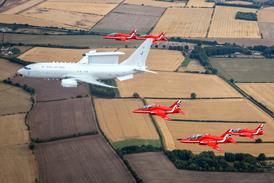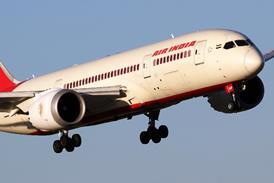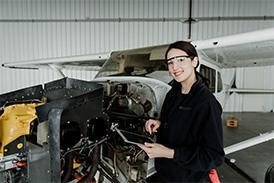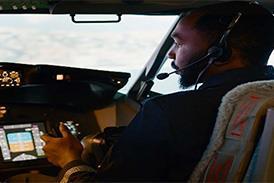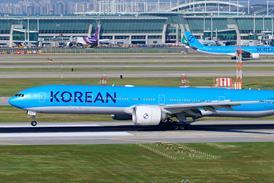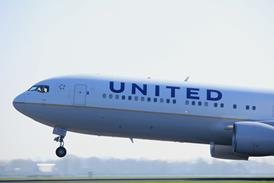Images circulating on Chinese social media suggest that a second prototype of the three-engined fighter unofficially designated J-36 has begun test flights.
The latest imagery indicates that designers are experimenting with aspects of the aircraft’s configuration, including the engine intakes, landing gear, and exhaust. The fresh images, apparently shot in the skies above Chengdu, cannot be independently verified.
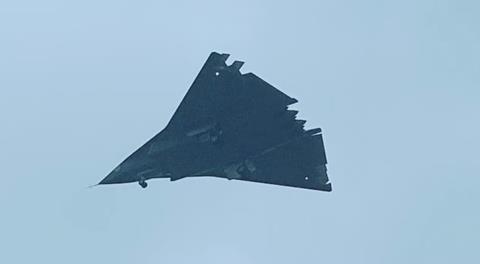
Assuming the shots are genuine, the underwing intakes have shifted from a vertical alignment to a mild upward cant. The change could improve high-speed efficiency and reduce the risk of the two outer engines ingesting debris during takeoff and landing.
The main landing gear has shifted from an in-line to a side-by-side configuration, likely improving ground handling, stability, and braking performance during taxi, takeoff, and landing. This adjustment would also enhance load distribution, making the aircraft more practical for routine operations.
The new J-36 has an updated exhaust arrangement. A distinguishing feature of the first prototype was a wide deck across which exhaust gases were spread - a technique used in aircraft such as the Lockheed F-117 and Northrop Grumman YF-23 to reduce infrared signature.
The new pictures suggest the deck’s removal, indicating that designers may be experimenting with new thrust arrangements to assess the jet’s signature and manoeuvrability.
The absence of a deck would allow the use of two-dimensional thrust-vectoring control (TVC) engines. China has experimented with thrust vectoring before, including a Chengdu J-10B testbed equipped with a Shenyang WS-10 TVC engine that performed at the 2018 Zhuhai air show.
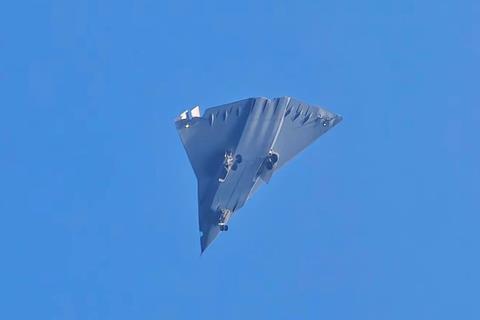
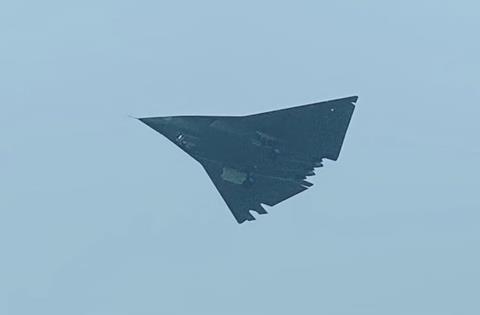
Nothing is known about the J-36’s three powerplants, one of which is mounted on the centreline and fed by a dorsal intake. While speculation continues that the aircraft will eventually be powered by WS-15 engines, early prototypes may rely on the proven WS-10.
On the J-36, TVC could improve pitch control at high angles of attack and help compensate for the jet’s dorsal intake, which may experience airflow disruption in such regimes. Other benefits could include better takeoff performance, with the flat nozzles providing a degree of low observability, as on the Lockheed Martin F-22.
When the first J-36 prototype appeared in the skies above Chengdu in late December 2024, Chinese aviation enthusiasts were quick to label it a “sixth generation” fighter.
In March, the officer then in charge of the US Air Force’s fighter fleet, General Kenneth Wilsbach, said the service regarded the J-36 and another new type from Shenyang - a smaller, single engined jet tentatively designated J-50 or J-XDS – as “sixth generation” air-superiority platforms.
Wilsbach was subsequenetly tapped by Washington to be USAF chief of staff, the service’s top job.
If the J-36 is fielded as an air-superiority asset, it will likely be the world’s largest fighter, capable of carrying China’s most advanced long-range air-to-air weapons, such as the developmental PL-21, a ramjet-powered missile expected to match the performance of the MBDA Meteor.
More important, the J-36 could serve as a command platform for unmanned combat aircraft, of which China has several development programmes. The additional crewmember in the jet’s side-by-side seating arrangement could manage unmanned assets, while the configuration would also improve cockpit communications.
Given Beijing’s obsession with secrecy, it is ironic that China’s next-generation J-36 – if the photographs are genuine – is more visible than the USA’s developmental Boeing F-47.
The aircraft’s large size, low-observable shaping, and unique three-engine layout suggest that Chinese designers see stealth as essential, and that the future of air combat will demand extended range and endurance. Autonomous combat aircraft will have an important role, but humans – such as the J-36’s second crewmember - will retain a key decision-making function.
The appearance of a second, refined prototype suggests Beijing is betting heavily on this vision of future air combat.

